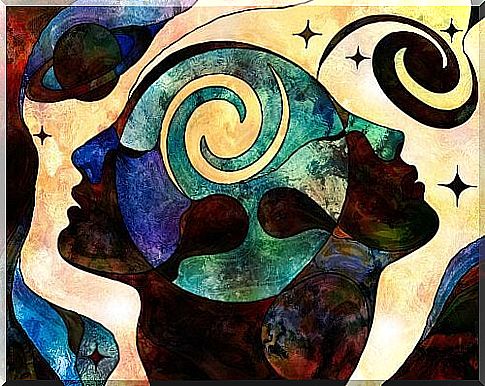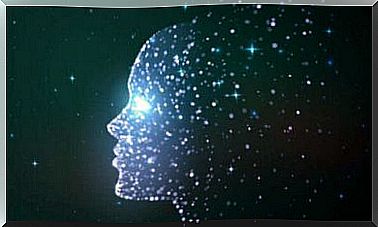Susto: When The Spirit Leaves Your Body

If we ask someone what susto is, they will most likely say that it is a frightened response, similar to shock. Thus, when something scares us, it can shock us and make us jump for fear. We are talking about a feeling that is born of the perception of a threat that and that the spirit leaves the body.
If we consult Wikipedia, we find the following definition: “The frightened response is a largely unconscious defensive response to sudden or threatening stimuli, such as sudden noise or a sudden movement, and is associated with a negative effect.” In humans, the reaction includes a physical movement away from the stimulus, a contraction of the arm and leg muscles, and blinking.
However, it is not this type of susto that we are talking about in this article. There are disorders or cultural concepts of discomfort that are specific to particular cultures or societies. This is the type of susto we are referring to.
Susto as a cultural concept of discomfort
Culture bound syndrome refers to “patterns of aberrant behavior and disturbing experiences, recurring and specific to a particular place”. The natives consider some of these patterns to be diseases or causes of suffering. They know most of them by everyday names, which susto in this case.
These syndromes are categorized as diseases limited to specific societies or cultures. There is a widespread knowledge of the disease in the culture, but not outside it. They give a coherent meaning to certain sets of experiences and observations.

Susto is a cultural explanation for the discomfort and unhappiness that is prevalent among Latinos in the United States. It also happens to people from Mexico, Central America and South America. In the Andean region, the natives know susto as espanto .
Latinos in the Caribbean do not recognize this concept as a type of disease. So what is susto ? It is a disease attributed to a frightening event that causes the spirit to leave the body.
This division arises as a result of accident and illness, in addition to the difficulties of playing important roles in society. The symptoms can appear at any time, from days to years after experiencing the frightening event. In extreme cases, it can lead to death.
We can define susto as a “psychological impact” of varying intensity due to various factors. Among them we can find those of a supernatural nature and those that are caused by natural phenomena and personal experiences that result in completely unexpected events.
As we can see, susto is a classification of disease with a traditional connection. Its properties, symptoms, propensity and treatments have special connotations in different geographical areas.
What are the symptoms of susto, when the spirit leaves the body ?
There are no specific symptoms that define it. However, the symptoms that people with susto usually mention are, lack of appetite, inadequacy, interrupted sleep, feelings of sadness, low self-esteem, interpersonal sensitivity and apathy.
The physical symptoms that come with it can be discomfort and muscle aches, cold extremities, pallor, headaches, abdominal pain and diarrhea. The events that cause it are varied. These events include natural phenomena, animals, interpersonal situations, supernatural entities, among others.
We can define susto as a “psychological impact” of varying intensity due to various factors. Among them we can find those of a supernatural nature and those that are caused by natural phenomena and personal experiences that result in completely unexpected events.
Somatic diseases are usually chronic and very varied. Intense fear, often supernatural, can cause a “spirit to leave the body,” which can cause this disease. In some cases, the people suffering from susto did not experience the traumatic events personally.
Patients are affected when others (usually family members) are affected by susto . Other symptoms include agitation, anorexia, insomnia, fever, diarrhea, confusion or lethargy. Various studies report some cases of hypoglycemia and unspecified organic diseases. Specialists also attribute it to generalized anxiety disorders or stress caused by social conflicts or low self-esteem.

Types of susto when the spirit leaves the body
So far, we have identified three types of susto (called cibih in the local Zapotec language). Each of them has different links to psychiatric diagnoses.
Feelings of loss, abandonment and lack of love from family members characterize interpersonal susto . The symptoms that come with it are sadness, low self-esteem and suicidal thoughts. This type of susto is very similar to depressive disorder.
Susto can also be the result of a traumatic event. This event plays an important role in the cause of the symptoms and in the emotional treatment of the experience. In this case, the diagnosis is very similar to post-traumatic stress disorder.
On the other hand, there is also susto which has several recurrent somatic symptoms. For example, the person seeks professional help from several doctors because of what they experience. This case is similar to a somatic symptom disorder.
As we have seen, susto has different classifications and treatments where certain elements are recognizable. Although there is no equivalent to this popular disease, it is a condition that is sometimes confused with others due to the complexity of differential diagnosis. Thus, it can even hide various organic diseases.









